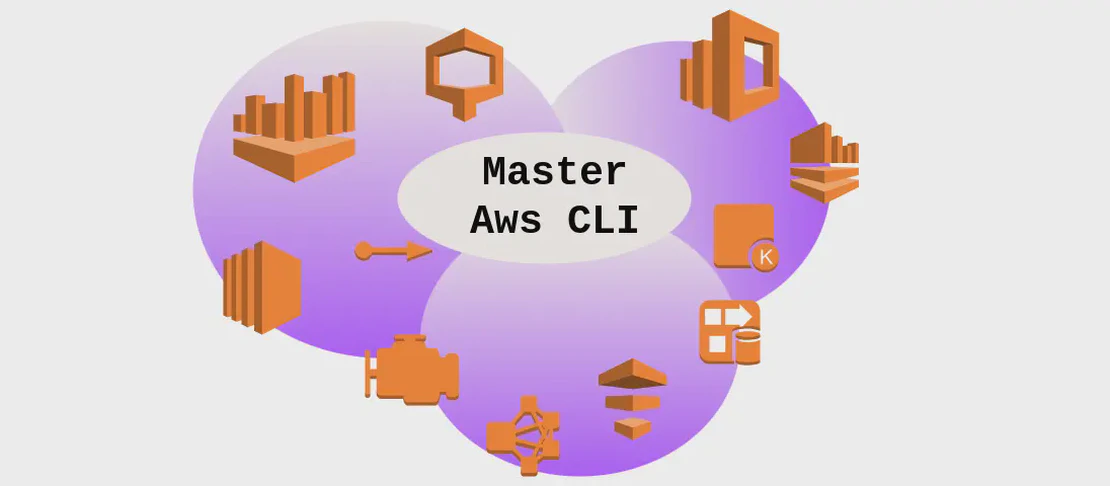
How to Use the Command 'aws pricing' (with examples)
The aws pricing command is a powerful tool within the AWS Command Line Interface (CLI) that allows users to query Amazon Web Services’ comprehensive pricing database. It provides invaluable insights into the cost structures of various AWS services, enabling businesses and developers to make informed decisions regarding budgeting and resource allocation. By utilizing different parameters, users can determine service codes, attributes, and specific pricing information tailored to their requirements.
Use Case 1: List Service Codes of a Specific Region
Code:
aws pricing describe-services --region us-east-1
Motivation:
AWS offers a multitude of services across different regions worldwide, each with unique service codes. Identifying the service codes available in a specific region is essential to streamline operations related to pricing queries and cost management. This foundational step aids in resource planning by ensuring that businesses and developers work with the correct regional data.
Explanation:
aws pricing: Initiates the AWS pricing-related commands.describe-services: This parameter fetches a list of all the service codes available in the specified region.--region us-east-1: Specifies the AWS region for the query, in this case, US East (N. Virginia).
Example Output:
{
"Services": [
{
"ServiceCode": "AmazonEC2",
"Attributes": {}
},
{
"ServiceCode": "AmazonS3",
"Attributes": {}
},
...
]
}
Use Case 2: List Attributes for a Given Service Code in a Specific Region
Code:
aws pricing describe-services --service-code AmazonEC2 --region us-east-1
Motivation:
Understanding the attributes associated with a specific service like Amazon EC2 within a region is crucial for precise pricing queries and configuration. This knowledge facilitates tailoring the service to meet specific business needs, such as choosing the right instance types or leveraging particular capabilities.
Explanation:
aws pricing describe-services: Initiates a query for available services and their attributes.--service-code AmazonEC2: Targets the Amazon EC2 service for which the attributes should be listed.--region us-east-1: Indicates that the query is specific to the US East (N. Virginia) region.
Example Output:
{
"Services": [
{
"ServiceCode": "AmazonEC2",
"Attributes": {
"instanceType": "Type of the EC2 instance",
"operatingSystem": "Operating system of the instance",
...
}
}
]
}
Use Case 3: Print Pricing Information for a Service Code in a Specific Region
Code:
aws pricing get-products --service-code AmazonEC2 --region us-east-1
Motivation:
Obtaining detailed pricing information for a service such as Amazon EC2 in a targeted region is essential for budgeting and cost analysis. Businesses can use this data to optimize their infrastructure investments and align costs with financial forecasts.
Explanation:
aws pricing get-products: Fetches detailed pricing information and parameters for a specified service.--service-code AmazonEC2: Specifies the service for pricing inquiry, here Amazon EC2.--region us-east-1: Defines the geographical scope of the inquiry, focusing on US East (N. Virginia).
Example Output:
[
{
"Product": {
"attributes": {
"servicecode": "AmazonEC2",
"instanceType": "m5.large",
"operatingSystem": "Linux",
...
}
},
"Price": {
"USD": "0.096"
}
},
...
]
Use Case 4: List Values for a Specific Attribute for a Service Code in a Specific Region
Code:
aws pricing get-attribute-values --service-code AmazonEC2 --attribute-name instanceType --region us-east-1
Motivation:
Delving into specific attribute values, such as instance types for Amazon EC2 within a region, is valuable for optimizing configuration strategies. It allows businesses to select instance types that best fit their workload and pricing considerations, enhancing both performance and cost-efficiency.
Explanation:
aws pricing get-attribute-values: Retrieves valid values for a given attribute.--service-code AmazonEC2: Identifies the service of interest is Amazon EC2.--attribute-name instanceType: Specifies the attribute type for which values are needed, such as instance types.--region us-east-1: Localizes the attribute value inquiry to US East (N. Virginia).
Example Output:
{
"AttributeValues": [
{ "Value": "t2.micro" },
{ "Value": "m5.large" },
...
]
}
Use Case 5: Print Pricing Information for a Service Code Using Filters for Instance Type and Location
Code:
aws pricing get-products --service-code AmazonEC2 --filters "Type=TERM_MATCH,Field=instanceType,Value=m5.xlarge" "Type=TERM_MATCH,Field=location,Value=US East (N. Virginia)" --region us-east-1
Motivation:
Filtering pricing data by specific instance type and location is critical for businesses seeking particular configurations that meet their operational needs. It ensures they acquire precise cost information for defined specifications, aiding in meticulous cost modeling and management.
Explanation:
aws pricing get-products: Queries for products with corresponding pricing details.--service-code AmazonEC2: Selects Amazon EC2 for pricing analysis.--filters: Applies specific conditions to refine the search.Type=TERM_MATCH,Field=instanceType,Value=m5.xlarge: Filters to match only m5.xlarge instance types.Type=TERM_MATCH,Field=location,Value=US East (N. Virginia): Narrows down to offerings in the US East (N. Virginia) region.
--region us-east-1: Clarifies that the inquiry is within the US East region.
Example Output:
[
{
"Product": {
"attributes": {
"instanceType": "m5.xlarge",
"location": "US East (N. Virginia)",
...
}
},
"Price": {
"USD": "0.192"
}
}
]
Conclusion:
The ‘aws pricing’ command is an indispensable tool for comprehending AWS pricing structures across different services and regions. By leveraging the command’s various options, users can tailor their queries to obtain relevant pricing information, enabling strategic decision-making and optimal resource management. Whether you’re assessing service availability, understanding specific attributes, or delving into detailed pricing data, this tool equips you with the knowledge necessary to navigate the complexities of AWS services efficiently.

